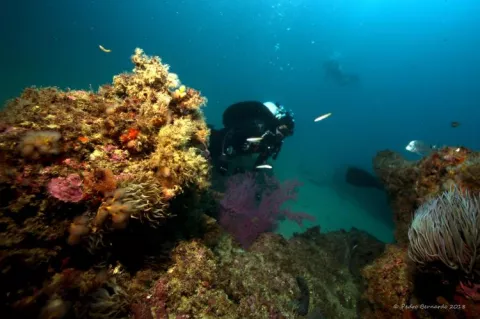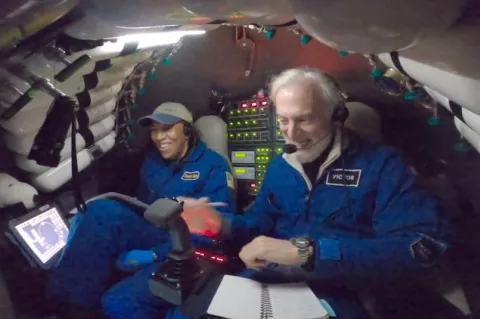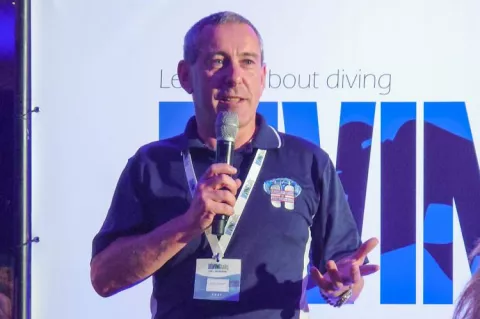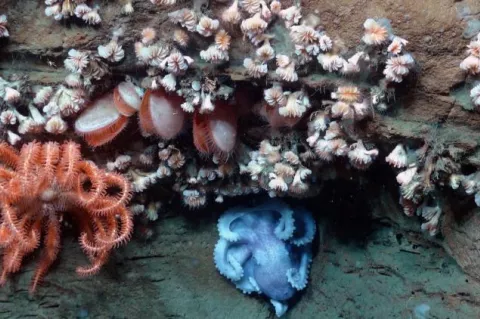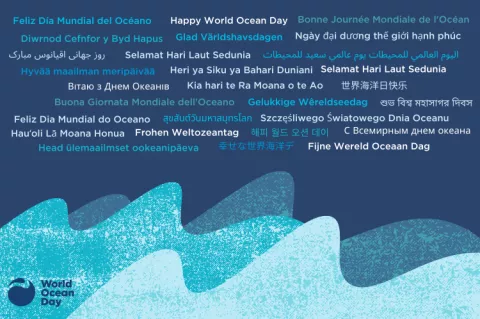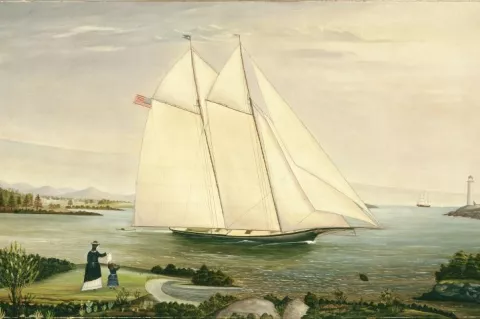Combine Diving Talks event with some local diving
"Opt to arrive one-week earlier or leave one week later, and chose the stay and dive program for your type of diving and preferences," the organiser of Diving Talks writes in a newsletter.
Make the most of the trips and both attend the event and try out some local diving while you are there.

